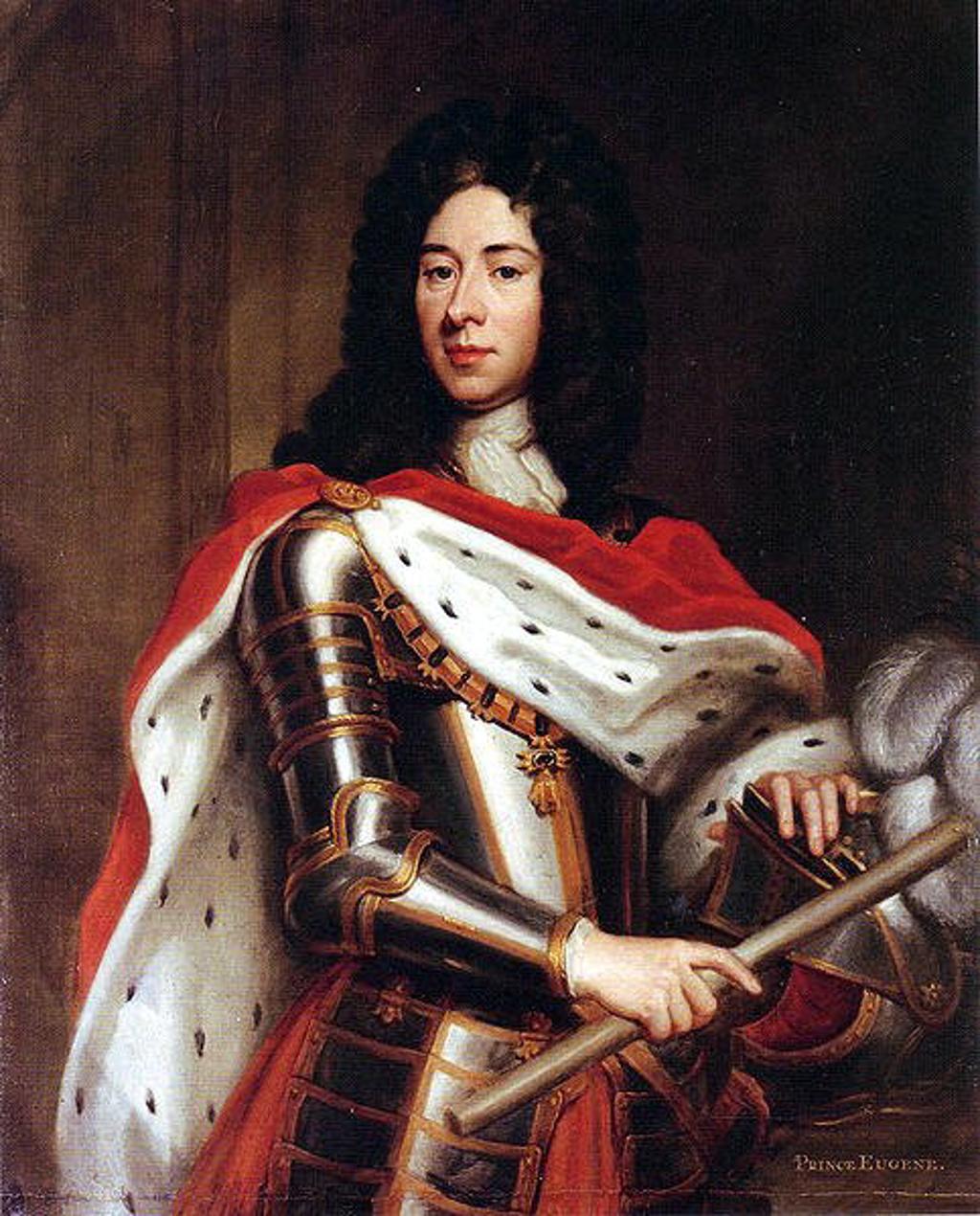About Savoyai Jenő
Prince Eugene of Savoy sits astride his horse, poised in a commanding stance. The bronze statue captures the prince in full military regalia, his sword raised as if ready to lead a charge. The horse’s muscles are taut, its mane flowing, and its hooves seem to grip the pedestal beneath. Behind the statue, the sweeping views of the Danube River and the city of Budapest create a dramatic backdrop, blending history with the present.
This statue stands in the Castle District of Budapest, a place steeped in history. Created by sculptor József Róna in 1900, the monument honors Prince Eugene’s role in the liberation of Hungary from Ottoman rule during the late 17th century. The statue’s placement near Buda Castle emphasizes his importance in shaping the region’s history, as the castle itself was a key site during the battles against the Ottomans.
Prince Eugene’s Life and Legacy
Born in Paris in 1663, Prince Eugene of Savoy became one of Europe’s most celebrated military commanders. Though initially rejected by the French army, he found success serving the Habsburg monarchy. His victories against the Ottoman Empire, particularly at the Battle of Zenta in 1697, were pivotal in securing Hungary’s freedom. The statue reflects his determination and strategic brilliance, qualities that earned him respect across Europe.
Plan your perfect trip to Budapest with Travo! Download now and start exploring.
Artistic Details and Symbolism
The statue’s dynamic composition conveys movement and power. Prince Eugene’s raised sword symbolizes victory and leadership, while the horse’s stance suggests readiness and strength. The intricate details of the prince’s armor and the horse’s bridle highlight the craftsmanship of József Róna. The pedestal beneath the statue is adorned with reliefs depicting scenes from battles, further emphasizing the prince’s military achievements.
Historical Context in the Castle District
The Castle District itself is a fitting location for this monument. During Prince Eugene’s campaigns, Buda Castle was a strategic stronghold in the fight against the Ottomans. Today, the district serves as a reminder of Hungary’s resilience and its rich history. The statue of Prince Eugene stands as a testament to the region’s liberation and the enduring legacy of its defenders.
Details That Speak
Notice the way Prince Eugene’s gaze is fixed forward, as if surveying the battlefield. The horse’s posture, with one hoof slightly raised, adds to the sense of motion and urgency. The reliefs on the pedestal depict soldiers in action, their expressions and movements capturing the intensity of war. These elements invite viewers to reflect on the sacrifices made during Hungary’s struggle for freedom.
Present-Day Significance
Today, the statue of Prince Eugene is more than a historical monument; it is a symbol of Hungary’s independence and strength. Visitors to the Castle District often pause here to admire the artistry and to consider the prince’s role in shaping the nation’s history. The statue, set against the panoramic views of Budapest, serves as a powerful reminder of the city’s resilience and its connection to Europe’s past.

Map loading...
Location
Savoyai terasz, 1013, Budapest
